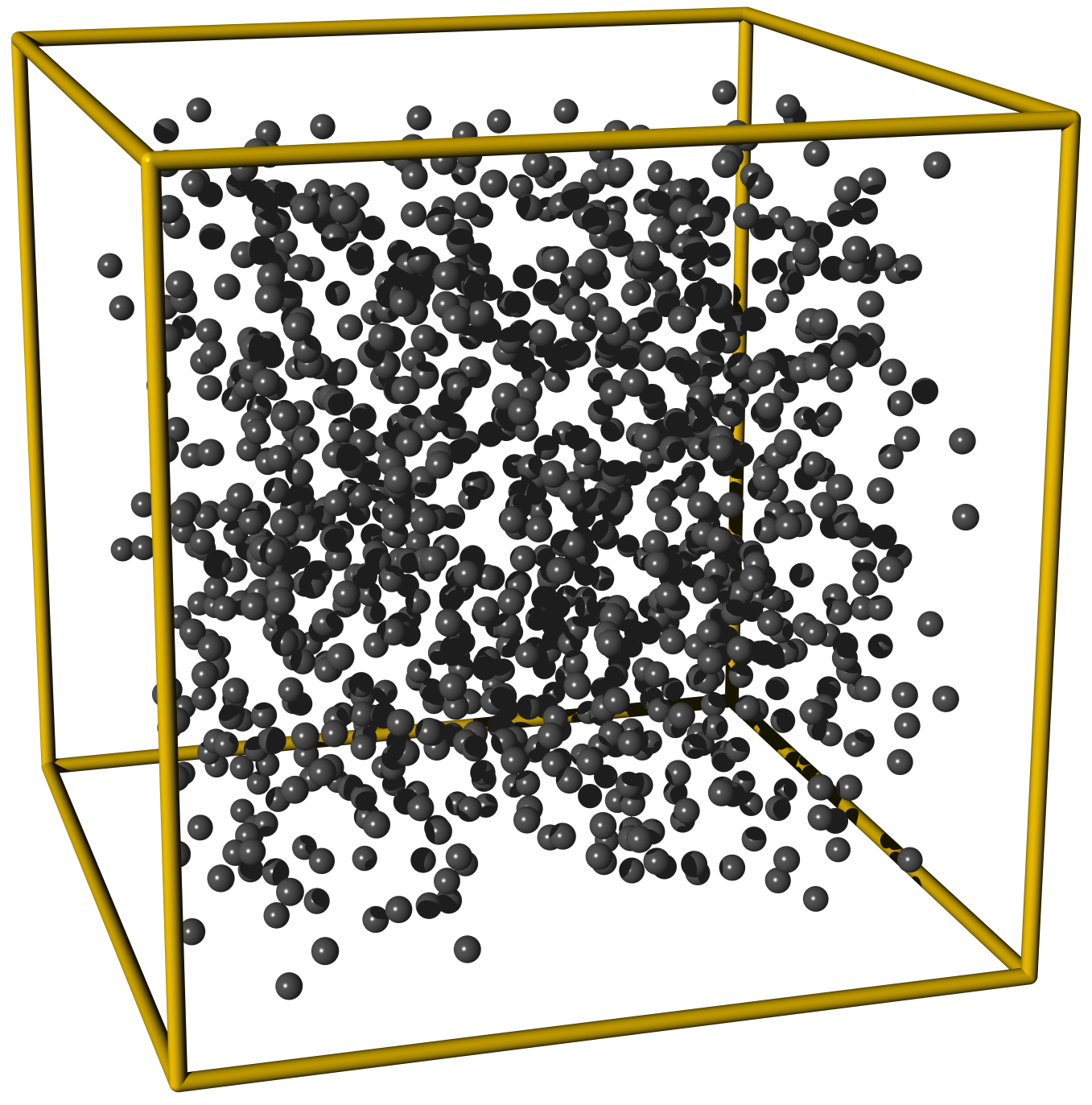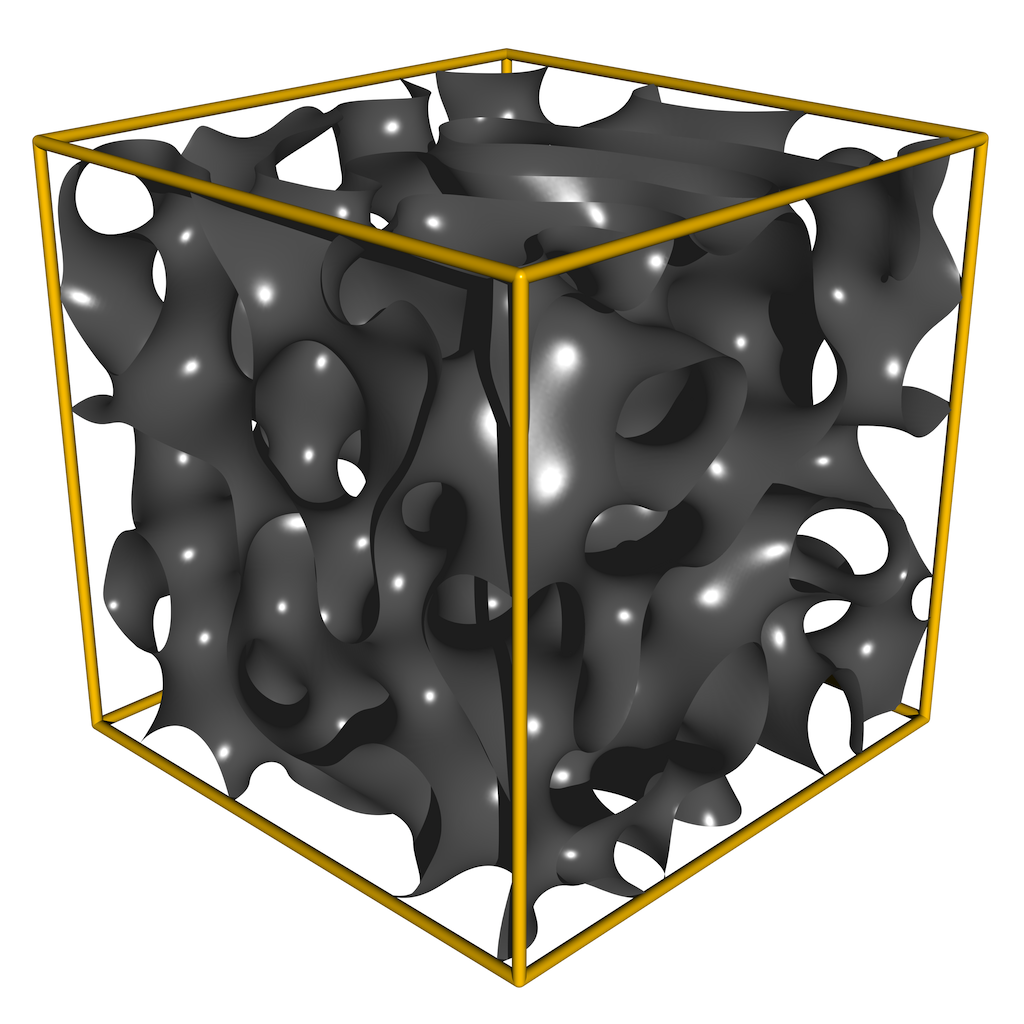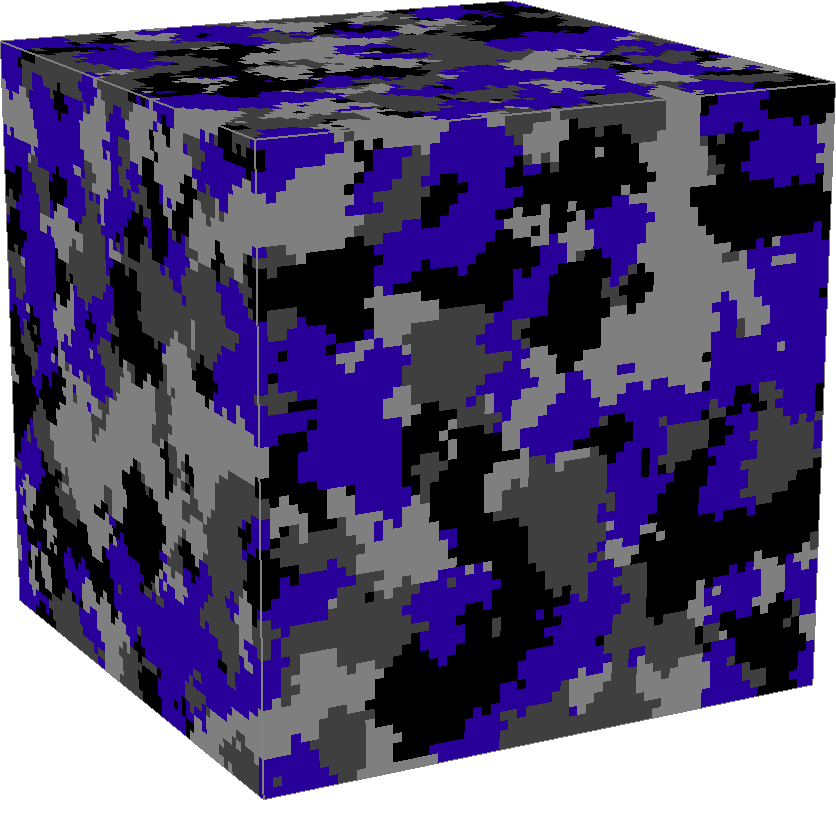Projects
The Centre for Parallel Computing has a number of research projects that investigate how parallel computing can be used to accelerate the scientific process. These projects aim to develop efficient implementations of scientific simulations and algorithms for the parallel devices at Massey University. The following are some brief descriptions of the simulations being investigated by the members of the CPC.
|
Name |
Description |
Members |
Publications |
|
N-Body |
N-body simulations approximate the motion of a system of particles - often with some potential between them. These simulations can range in scale from interacting particles to stars and galaxies. Simulations may use a variety of numerical methods to approximate the particles' motion, they may also include collision detection/response models. The N-body project investigates the development of parallel implementations of N-body simulations. Efforts have been directed towards developing GPU and mGPU implementations of these simulations and investigating the associated challenges. Features investigated include:
|
|
|
|
Field Equations |
Field equation models approximate the behaviour of a field as determined by a governing equation. The field is usually approximated by a discrete grid and the spatial terms of the equations by discrete stencils. Specific field equations investigated include: Cahn-Hilliard, Lotka-Volterra, Ginzburg-Landau and Heisenberg. This project explores methods of implementing field equation simulations on parallel devices including GPUs, mGPU systems, GPU-clusters, Cell Broadband Engines and multi-core machines.
|
|
CSTN-065 |
|
Network Generation/Analysis |
Complex Networks such as scale-free networks or small-world networks are necessary to model many systems in mathematics, physics, biology and computer science. Simulations using these networks can exhibit behaviour that is simply not seen on regular or random data structures. However, for large systems the generation and analysis of these networks presents a significant computational challenge. This project aims to investigate and develop efficient parallel algorithms and data storage patterns for use with these network structures. Features investigated include:
|
|
|
|
Lattice-based Computational Models |
Lattice-based computational models often show complex behaviour emerging from simple set of state and rules. The behaviour of these models can often mimic or approximate the behaviour of complex equations. Models investigated include: Lattice Gas, Ising, Potts, Sznajd and Game of Life. This project investigates how these lattice-based computational models can be efficiently implemented on parallel devices. Features investigated include:
|
|
CSTN-093 |
|
Scientific Visualisation |
Visualisation is an important component of most scientific simulations. Correct visualisation of a simulation allows the behaviour of the simulation to be observed and are vital in identifying many important phenomena. Advanced visualisation methods often require a lot of preprocessing and data analysis to generate the visualisation. Parallel computing techniques can be used to perform this pre-processing in real time and allow the observer to interact with the simulation in real-time. Techniques Include:
|
|





